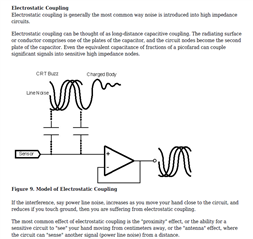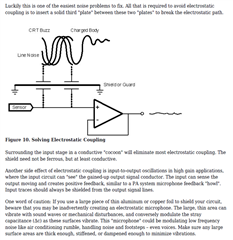Other Parts Discussed in Thread: LMP7721, OPA928,
We are evaluating the OPA928 in Trans impedance Mode using the Evaluation board, using a 2T glass feedback resistor mounted above the pcb enclosed by the screening can. The board is supplied from a clean +/- 2.5V, the input to the Op amp is connected to Ground via a 22pF capacitor to simulate our Electrometer assembly, the output is being logged to quantify the noise levels. We have found the base noise to be in spec but we are seeing occasional random splikes ( approx 5 in 10 mins) with amplitude between 5 and 10 times the average base noise. The spikes seem to be unique to this board as we have run similar test using an LMP7721 device without seeing them.
Has this feature been observed before? We have tried all sorts of shielding different power supplies etc with no difference
Any help or ideas appreciated



